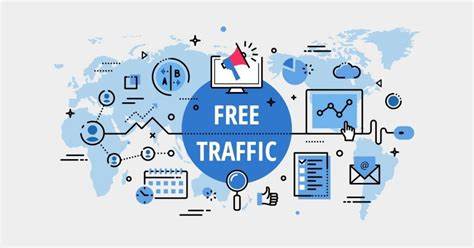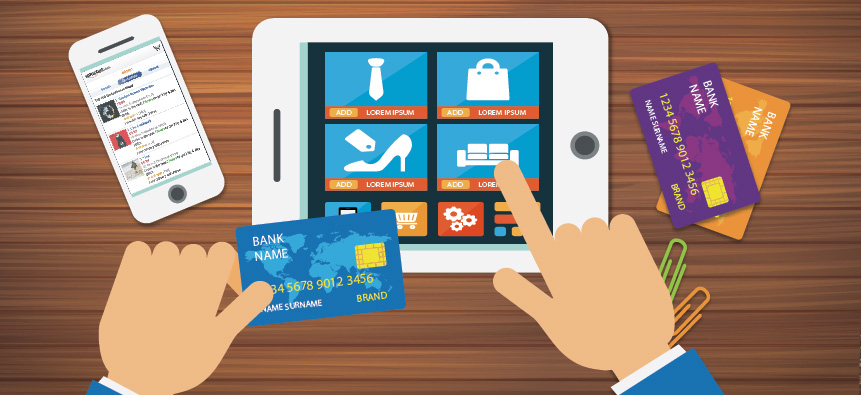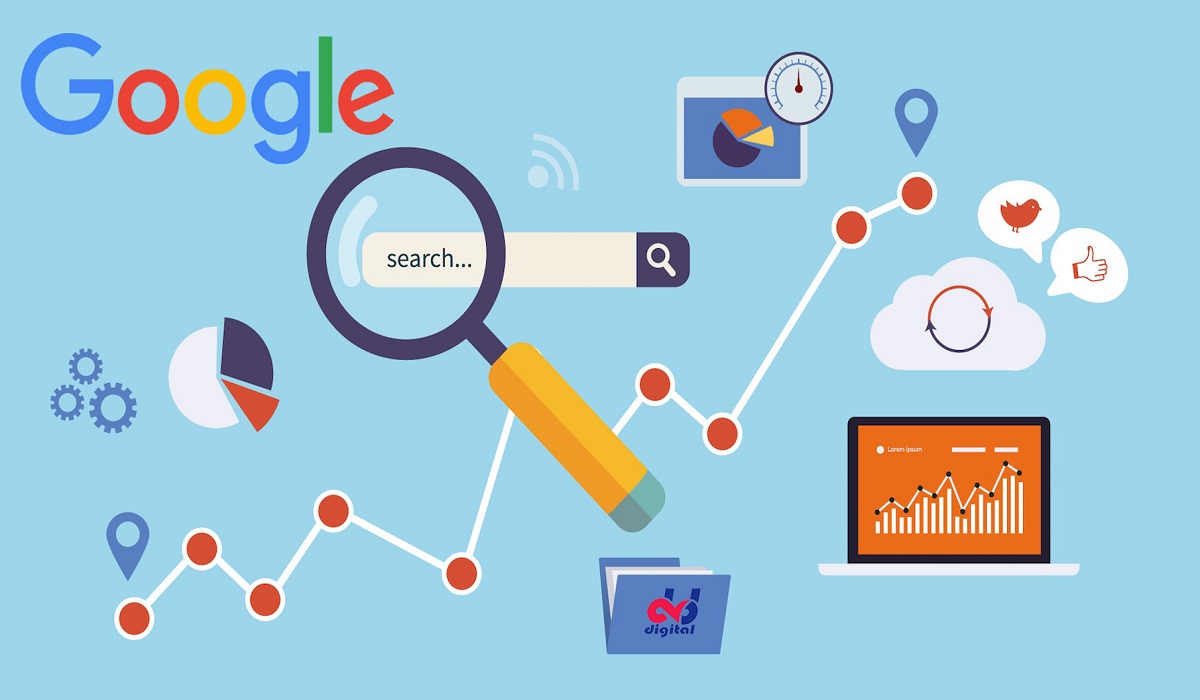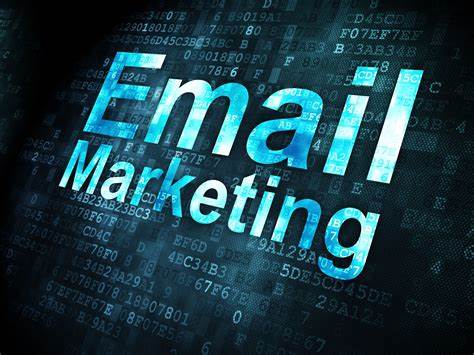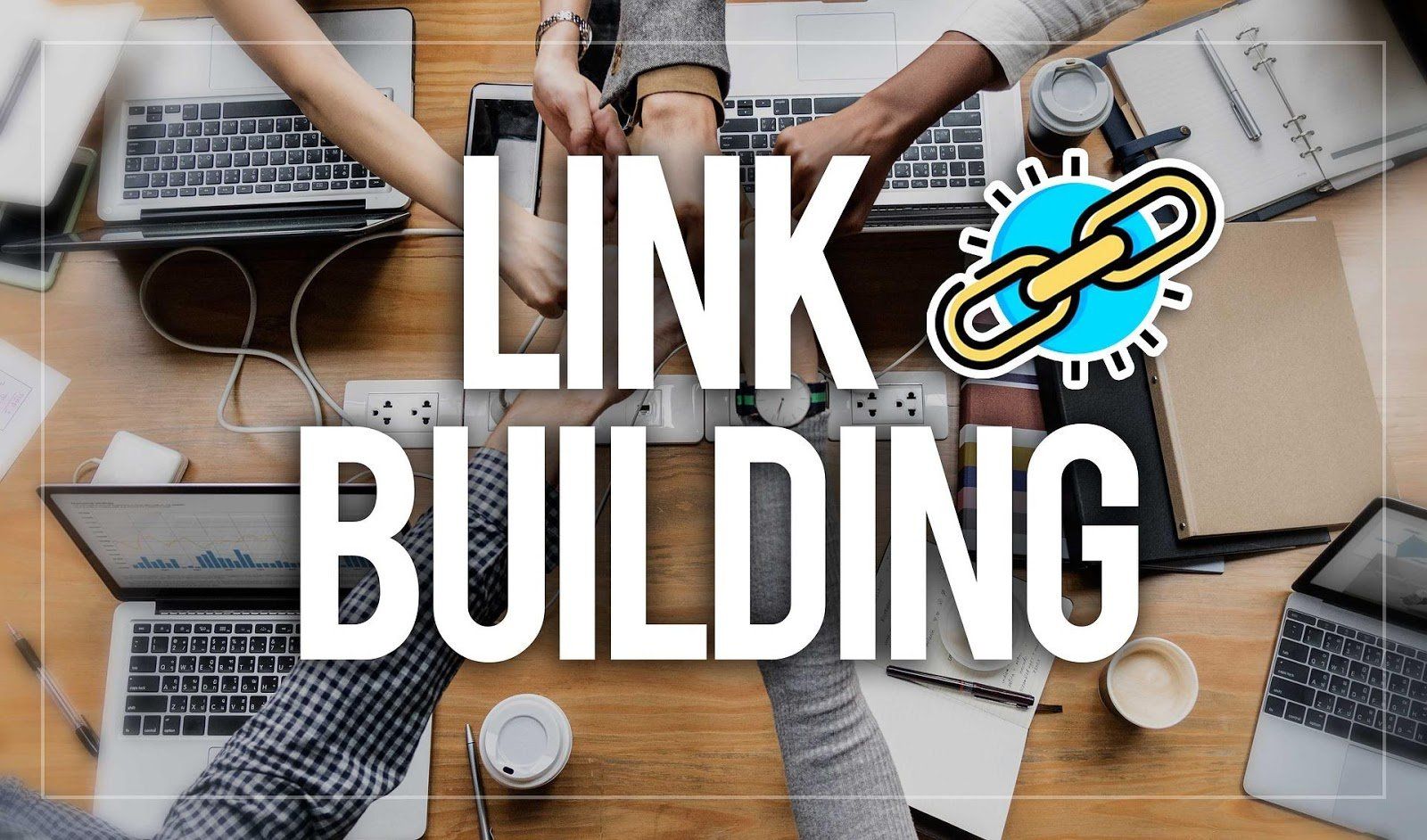
Making infographics
People frequently share infographics — images that visually present data. If you create an appealing infographic, it’s likely to be shared, resulting in new links every time your graphic is referenced on another site.
“Would I share this with a friend?” is a simple test to see if your infographic meets these criteria. If you can’t answer “Yes,” your infographic probably needs some work before it’s released.
It takes time and money to create a good infographic, but when done properly, the return on investment is high in terms of links.
Guest blog
Guest posting is the process of writing an article for another person’s or company’s website. This method can help you gain a new audience as well as at least one valuable backlink to your site.
Work with well-known blogs and send only your best content to these publishing sites to maximize the value of this strategy. Guest posting is all about connecting with another site’s audience. A link or two isn’t something that can be automated by sending a random article to a random publishing blog.
Making viral content
Surprisingly, one of the most effective link-building strategies involves no outreach at all.
Publishing valuable, shareable content on your website and then seeding your links on popular social networks is called viral content creation. If you create compelling content, people will want to share it, resulting in an influx of backlinks without your direct involvement.
Although there is no set formula for creating viral content online, you can look at pieces that have been widely shared for clues. It often captures new trends or is simply absurd or entertaining.
Email link building
Google is targeting sitewide links, which are found in blog sidebars and footers on every page of the site, so developing “in-content” links will be critical this year. In-content links appear within the pages of the referring site.
The best way to find these links is to email potential linking websites and ask for a link on a relevant page of content. If you own a local restaurant and come across a website that lists all the small businesses in your area, you can email the owner and request a link to your website.
Examining rival links
Tools like Majestic SEO and SEOmoz’s Open Site Explorer can help you analyze your competitors’ link profiles. Both let you see which websites link to your competitors’.
Looking at your competitors’ backlink profiles should help you identify potential sources to link to your website. Replacing a competitor’s spam links won’t help your website. Maintain strict link-building criteria that focus on generating high-value links that appear natural to search engines.
